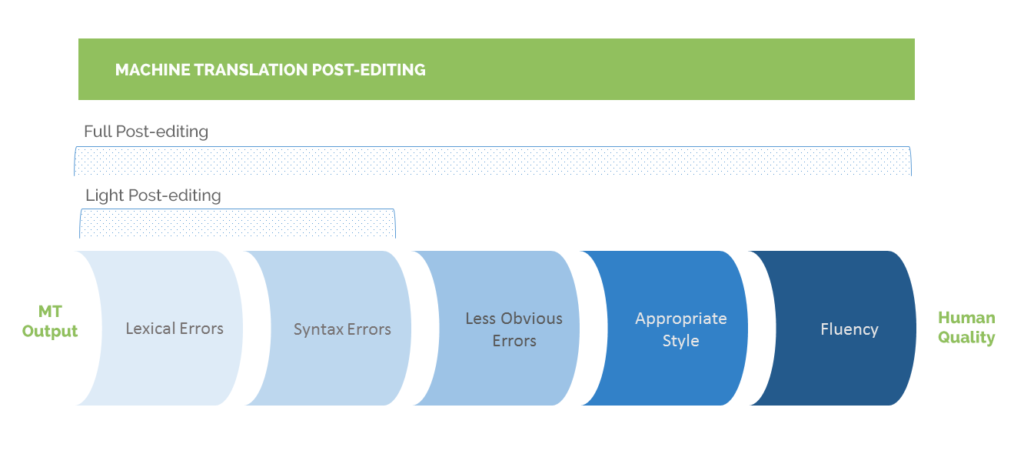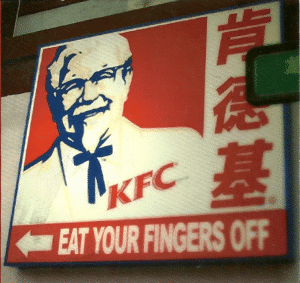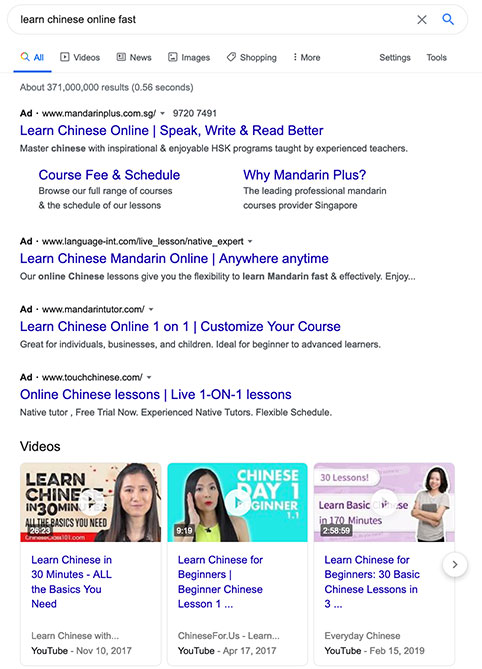The Internet and social media boom have already passed its initial exponential usage. As of now, it is a norm to use social media for business, personal brand, or even a non-profit organisation. In this article, we’ll reveal to you the top 5 translation services trends and outlook in 2020.
If you already have those platforms in place and your marketing team is stepping on the gas pedal, then you’d probably wonder what’s next for the translation services industry.
Top 5 Translation Services Trends & Outlook in 2020
#1: Post-Editing Machine Translation (PEMT)

Image of the Post editing machine translation(PEMT) process. A rising translation services trends in the industry.
Have you heard or used Grammarly?
Post-Editing Machine Translation works in the same way. The goal is to help check if your sentences flow naturally in the target language or not.
Similar to Grammarly, the software works in a way where it has stored data and information for the target language and how its sentence structures are supposed to be. Some examples would be checking if you used the most suitable word in the sentence, picking up any awkward phrasing and suggesting a better alternative, and even punctuation.
PEMT can essentially improve consistency, reduce costs and improve the speed of translator’s translations.
A study was carried out by the University of Groningen (Netherlands) and Dublin City University (Ireland) where they looked at three methods of translation of a chapter of the novel, Warbreaker.
Methods:
- Translation from scratch
- Post-editing of phrase-based statistical machine translation
- Post-editing of neural machine translation
They found that post-editing of phrase-based statistical machine translation had 18% greater translation productivity, while post-editing of neural machine translation resulted in 36% higher productivity than translating from scratch.
#2: Translation of English and Mandarin
It’s no secret that the Chinese market is a lucrative one and many businesses all over the world feel the need to be able to communicate well in Mandarin. Some people whose native languages are English, Swedish, and other non-Asians languages, learn Mandarin and are quite fluent in it.
Chinese translation started back in 1979 when China opened and expanded its foreign trade and investments sector. Real annual gross domestic product (GDP) growth averaged 9.5% through to 2018, making China one of the world’s fastest-growing economies.
Business interpretation, alongside business translation, is crucial to enter and make the business work with Mandarin-speaking clients. A professional Mandarin interpreter or mediator can help an organisation not only to introduce itself in the perfect language but also to assist it with navigating the frequently unpredictable universe of global business manners.
#3: Transcreation for Marketing Campaigns
Transcreation is a tier above regular translation or even marketing translation. In the translation industry, there are several specialisations that a translator can have. Such as medical translation, legal translation, and marketing translation.
Transcreation is where the professional will have to adapt the original content into something more suitable for the new target audience culturally. Its goal is to elicit an “I understand what you’re saying. And wow, I don’t know why but I feel like I just had a flashback of my childhood.”

An example on how mistranslation and lack of cultural understanding and lack of transcreation servicing leading to an embarrassing moment for KFC
The picture above is an example of translation gone wrong. Learn how transcreation services are the key to global marketing success.
It could be an entire recreation of the marketing creative, message, text, colours, and angle.
Being able to communicate with the target audience not just in their own language or slang but represent your brand like you have grown up in their culture can be very impactful.
Marketers and businesses see the need for transcreation services more and more. And 2020 is just the beginning of this trend.
#4: Video Form Content Translation

Learn Chinese online fast – Popular elearning videos snapshot. A rising translations services trends.
Ever since 2018, Youtube has been rising on its popularity exponentially. People make really informative videos that satisfy search queries on Google and other search engines. It’s not new that people prefer to watch a video that shows exactly what to do or how to do something rather than read an article (even with pictures).
Chiefly, video content and marketing trumps all.
If you search “learn Chinese online fast”, below the ads, the first thing that Google shows would be videos!
Thus, creating and posting videos in the translation services industry is a trend that one should jump into as soon as possible.
#5: Leveraging Translation Services With Artificial Intelligence (AI)
AI isn’t going to take over in 2020 (if ever) for translation services trends, but it is now smart enough for translators to use in a variety of situations for faster results. It is still in the works. One example would be Google Translate.
But as you have tested and tried, it is not always accurate for most languages. Thus, using for important translation can end up with an embarrassing statement instead or worse, something offensive.









